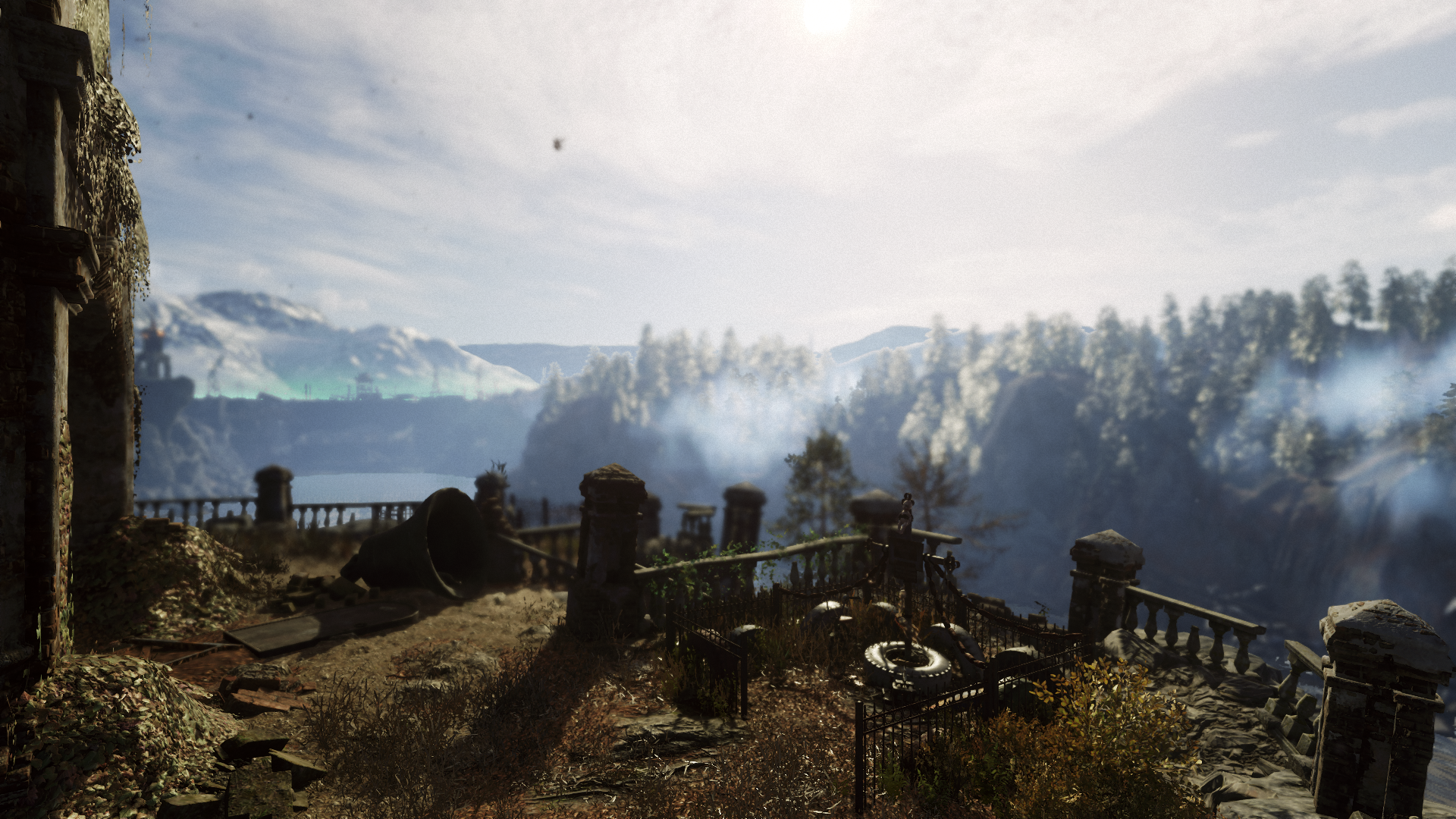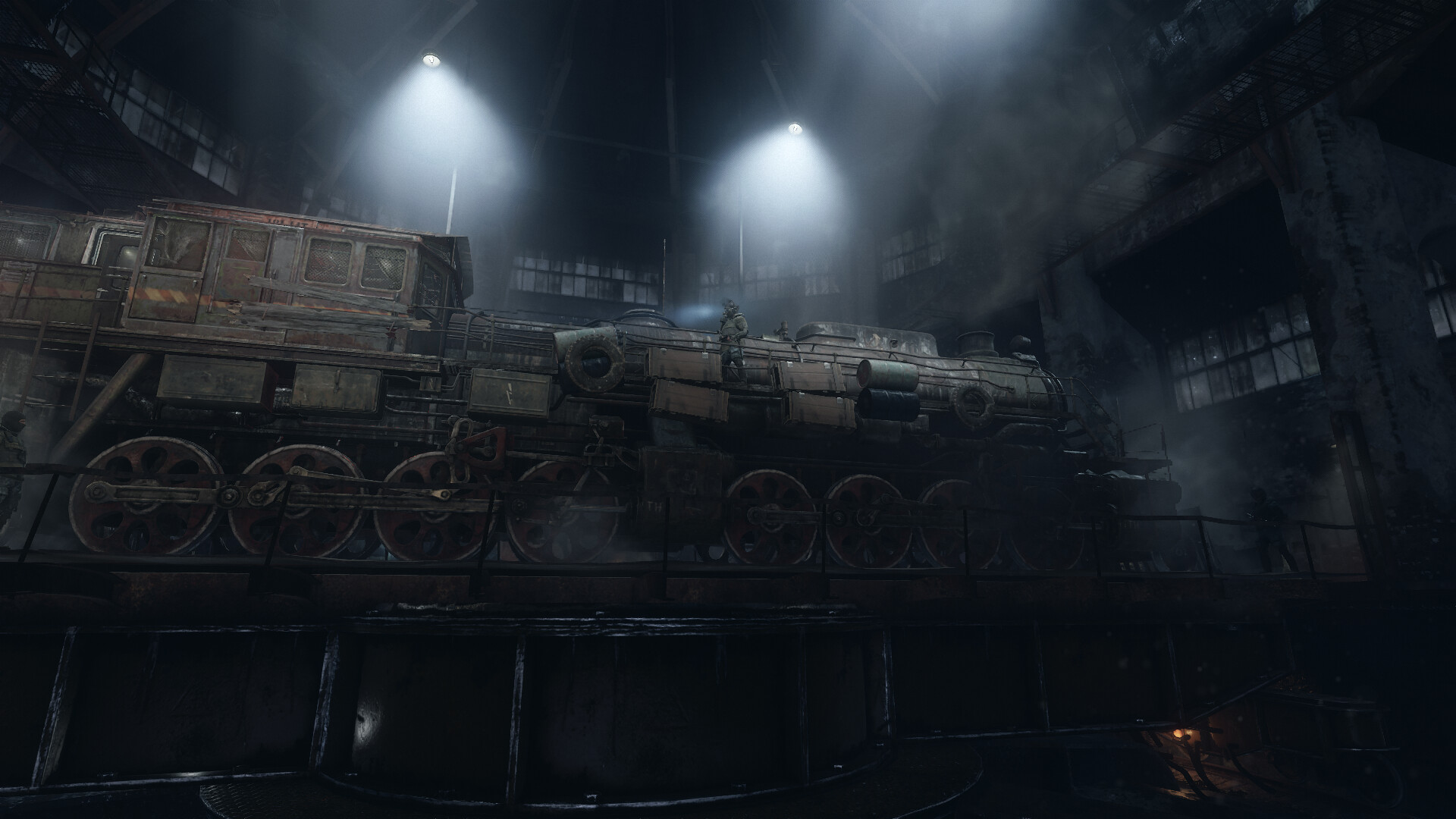

This function and others like it approximate the behaviour of large numbers of rays and so it is fair to say that a vague concept of a ray was conceptually baked into the process even then, but it came with some serious limitations. In these early days (of real-time 3D graphics) graphics cards such as the original GeForce 256 or the Riva TNT featured specialised, fixed-function hardware, which would run this simple equation for a handful of individual light sources. While crude we will see that such simple equations still have a use in performing quick calculations where detail and accuracy are unimportant. To simplify, the N-dot-L equation expresses mathematically the basic notion that as an object turns, orienting itself toward the direction that the light rays are coming from, it will grow brighter, and that it will grow dimmer as it turns away. These first lights used a very simple version of the lighting equation referred to as “N-dot-L lighting”: The inner product of the surface normal (the direction the surface is facing) and the direction of the incident light ray. This equation would specify how much light arrived at one of the rendered polygons depending on how that polygon was orientated toward the light source. That is to say that collectively, all of the rays of light given off by a particular light source were bundled together and approximated using a single equation: a lighting equation. Their interactions with the rasterized polygons were modelled analytically. Some of the very first attempts to render lighting in 3D games, from all the way back in the mid-to-late 1990s, used single point-like (or even just directional) light sources. Rasterization may have been limited in scope, but it has formed the backbone of 3D rendering for decades and is a key component of all of the technologies discussed here. Suffice to say, by limiting the scope of what the technique aimed to achieve, rasterization made 3D rendering available to a much earlier class of hardware. The underlying concept of a ray, while still in there somewhere, is pretty much ignored. Rasterization can really be thought of as just drawing individual triangles to the screen and doing further processing on whichever pixels they cover. Rasterization is a more efficient method of determining which polygon a “ray” intersects, but it is limited to the rays which correspond to on-screen pixels with their origin at the in-game camera, rather than to any arbitrary ray anywhere in the game world. Ray Tracing is an expensive process (even now) but in the times before Ray Tracing there was another, cheaper industry standard rendering process known as rasterization. We will sometimes refer to this process as “sampling” the environment because it can be thought of loosely as going out and searching for a piece of the game world to take a sample of. The closest of those polygons to the origin of the ray will be the surface that the light ray illuminates. Therefore, a “Raytrace” should be thought of as sorting through the scene’s geometry data to find which polygons lay in the path of a specific light ray.
#Pixel 3 metro exodus backgrounds full#
In other words, while processing each pixel you may wish to search through a very large data set (the full collection of polygons comprising the scene’s geometry) to determine which of these many triangles to do further processing on. The search, in this case, is searching for which polygon that each ray intersects with. Scenes in video games are comprised of many triangles (polygons) located arbitrarily throughout a 3D environment. You can demonstrate this to yourself with a simple laser pointer.Ī “Trace”, in this context, is a type of search. Light travels in straight lines until it hits something, this is why we have the term light rays.

Let us start, however, with a definition of Ray Tracing so as to be a bit more specific about what exactly we are referring to.Ī “Ray” is a straight line in 3D space. In general, in this first section, we will be discussing rendering technologies from long before Ray Tracing hardware (and by extension real-time Ray Tracing itself) became available to us. In order to explain these new features in detail, it is necessary to first review how the original RTGI implementation worked at launch, and for that we will need to go much further back into gaming history, to establish a few basic points about traditional game lighting in general.


 0 kommentar(er)
0 kommentar(er)
